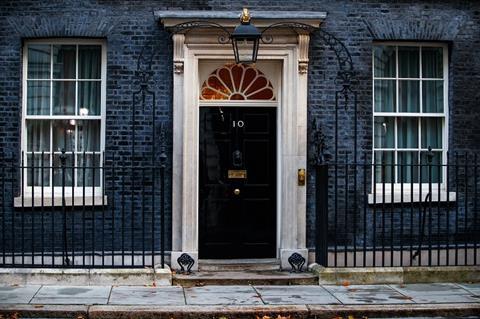Keir Starmer’s party has won a large majority as many expected. As we gear up for the first Labour government for 14 years, here is a reminder of what has been pledged
Labour has won a historic landslide and now housing figures will be turning their eyes to the party’s pledges for the built environment.
The party has put planning reforms and housebuilding at the centre of its 142-page manifesto, which it titled ‘Change’. Keir Starmer’s party, after winning more than 400 seats in yesterday’s election, is expected to move swiftly to implement its key manifesto pledges, particularly on housing.

Labour has pledged to build 1.5 million new homes over the next parliament and will reportedly announce more details of its plan to achieve this month.
It is expected to announce a new planning framework before the end of the month which would re-instate mandatory housing targets and strengthen presumptions in favour of sustainable development.
The party has pledged to release lower quality green belt land, which is calling ‘grey belt’ and is expected to tell local authorities to identify this land for development in the next few weeks.
It has promised to prioritise social rented housing, reduce Right to Buy discounts and make changes to the Affordable Homes Programme to boost affordable housing.
The party was criticised last month for omitting an affordable housing target from its manifesto.
The party had previously said it would target 40% affordable housing on its proposed new towns, but the manifesto did not include this specific target, attracting criticism from thinktank Common Wealth.
Many construction firms will be looking towards Labour’s policy on infrastructure. The party is pledging to develop a 10-year infrastructure strategy, including improving rail connectivity in the north of England.
At-a-glance: the key measures for housing in the Labour manifesto
- build 1.5 million new homes over the next parliament
- re-instate mandatory housing targets, strengthen presumptions in favour of sustainable development and fund additional planning officers, paid for by increasing the rate of the stamp duty surcharge paid by non-UK residents
- prioritise the release of supposedly lower quality green belt land, termed “grey belt”
- prioritise the building of new social rented homes and better protect existing stock by reviewing the increased right to buy discounts introduced in 2012 and increasing protections on newly-built social housing
- build a new generation of new towns and to reform compulsory purchase compensation rules relating to hope value
- new planning powers and housing grant funding flexibilities for combined authorities
- make changes to the Affordable Homes Programme “to ensure that it delivers more homes from existing funding”
- develop a 10-year infrastructure strategy, to give the private sector “certainty about project pipeline”
- invest an extra £6.6bn as part of its Warm Homes Plan to upgrade five million homes
- secure a mutual recognition agreement for professional qualifications to help open up markets for UK service exporters.
Labour has said this will be aligned to a new industrial strategy, which will guide investment plans and “give the private sector certainty about the project pipeline”.
Labour has pledged to merge the National Infrastructure Commission and Infrastructure and Projects Authority to create a new body.
This “National Infrastructure and Service Transformation Authority” will bring together existing bodies, to set strategic infrastructure priorities and oversee the design, scope, and delivery of projects. Labour said it will update national planning policy to make it easier to build laboratories, digital infrastructure and gigafactories.
The party has pledged to invest an extra £6.6bn as part of its Warm Homes Plan to upgrade five million homes.










No comments yet